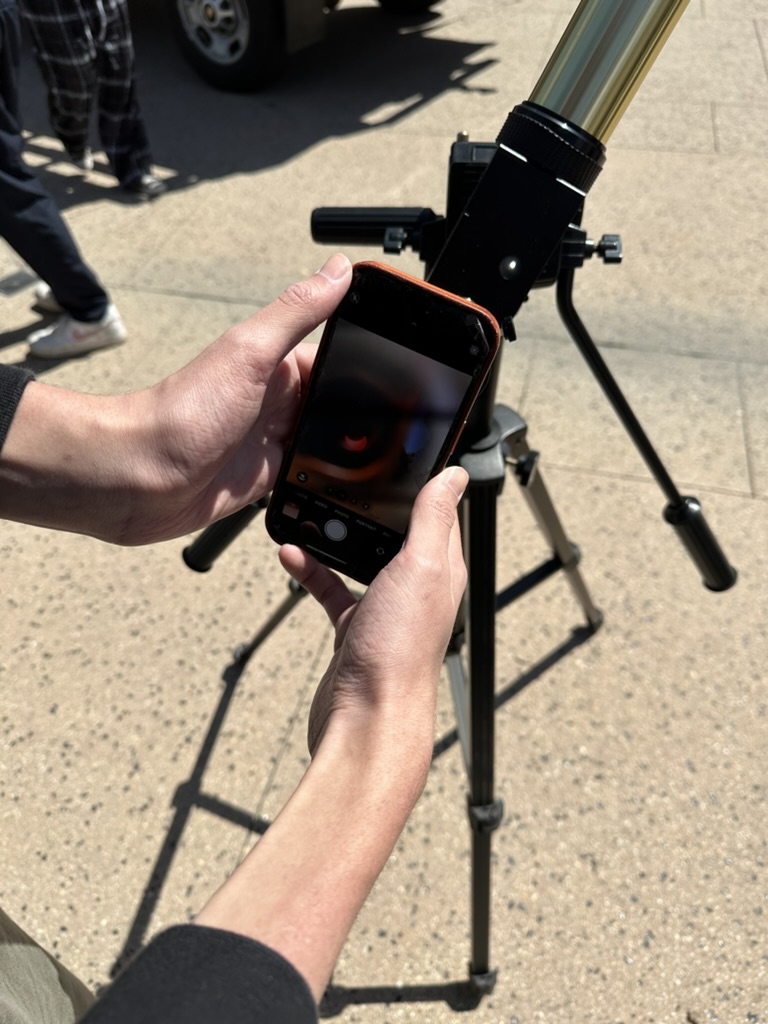By Rebecca Nussbaum
Two hundred and ten faculty members have much to boast of, including 121 masters degrees, 31 doctoral degrees and an average tenure of 11 years.
However, one thing that the faculty lacks is racial diversity. Improving faculty diversity is one of the school’s main goals for the next six years, Head of School Jeanne Huybrechts said.
The Western Association of Schools and Colleges and the California Association of Independent Schools highlighted diversity deficiency as a major issue in a report last year that renewed Harvard-Westlake’s accreditation.
“The school has a long-standing commitment to recruit and retain excellent teachers from underrepresented populations,” the WASC report reads. “This aligns with the school’s interest in attracting and enrolling students from those communities. The school has done well in attracting those students; […] however, the increase in the number of teachers of color has not coincided with this increase in student diversity.”
Percentages of minority teachers are nearly half of those of minority students, and the most notable gap is in the population of African-American teachers.
The only black full-time classroom teacher is middle school history and social studies teacher George Gaskin. Other black faculty include Head of Middle School Ronnie Codrington-Cazeau, who will leave the Middle School next year to head the Evergreen School in suburban Seattle, Upper School Dean Tamar Adegbile and future Head of Athletics Terry Barnum, making the faculty just under two percent African American, compared to 10 percent Asian and five percent Hispanic.
Faculty demographics will remain consistent next year because although Cazeau is leaving, Christopher Jones will replace Jon Wimbish as an upper school dean, keeping the African American percentage of around two percent.
“I think the school would be better served by having more teachers that better represent the student body,” Huybrechts said. “I think our student body is more diverse than our faculty is, and that is something that we’ve committed to rectify in our last accreditation.”
Adegbile said a diverse faculty would benefit the school.
“I think it’s ideal to have a diverse faculty, not only for underrepresented students to see people who look like them in the classroom, but also for majority students to experience as well,” Adegbile said.
Black Leadership and Culture Club President Evan Brown ’12 “definitely” feels the lack of black teachers on campus.
“It is important for black students at Harvard-Westlake to see leadership positions filled with some black faculty as well,” Brown said.
Although diversifying the faculty is the ultimate goal, it is difficult to accomplish because high retention rates leave few openings for new teachers, Adegbile said.
“It’s kind of a blessing and a curse,” she said. “It’s amazing how many [teachers] you talk to, and they’ve been here for 17 or 20 years. But that in and of itself doesn’t allow for a lot of openings to seek new people.”
However, when there is a job opening, race will play a role in the hiring process, Huybrechts said.
“All of us who are responsible for building our faculty have that in the front of our minds,” Huybrechts said. “If we are considering two candidates who are equal in every other way but one is from an underrepresented group, then we would probably hire that person because that person brings to the faculty something we don’t already have.”
This was exemplified in replacing Upper School Dean Jon Wimbish, Adegbile said. After Upper School Dean Canh Oxelson left for Horace Mann School in New York last year, the deans lost one of their two African-American members.
“There was definitely an important thought about, ‘Okay, we’re losing Mr. Oxelson, and it would be ideal to have a great candidate who could also add to that diversity and restore what we lost because we don’t have a lot of room to lose one [black faculty member],’” Huybrechts said.
However, improving faculty diversity may not be as simple as looking at race, Gaskin said. Merely looking at the numbers does not ensure the diversity of viewpoint that the school is hoping for, he said.
“I’m a little bit uncomfortable with the assumption that because there is diversity ethnically there are diverse viewpoints that are expressed,” he said. “That’s not necessarily the case all the time.”
“A lot of times the view of diversity is a shallow view,” he said. “The fact that you want to see pictures of your faculty of different shades of color I think is very, very shallow. I think it trivializes what people do in making the color of their skin more important than what they do as teachers.”
Adegbile is surprised that students have not talked to her about the lack of minority teachers at the Upper School, and she wonders if they notice it.
“I haven’t had many students approach me, African-American or otherwise, saying, ‘Hey, we notice this,’” Adegbile said. “Faculty talk about it, my colleagues talk about it, I think adults recognize the problem, but I’d wondered if students are aware of it or maybe it doesn’t really stand out to them.”
Brown, an alumna of The Mirman School, said that by now she is accustomed to having mostly white teachers.
“I’m kind of desensitized to it, and I think that’s true for most students,” she said. “It would definitely be appreciated and noted if more black faculty were hired.”





































